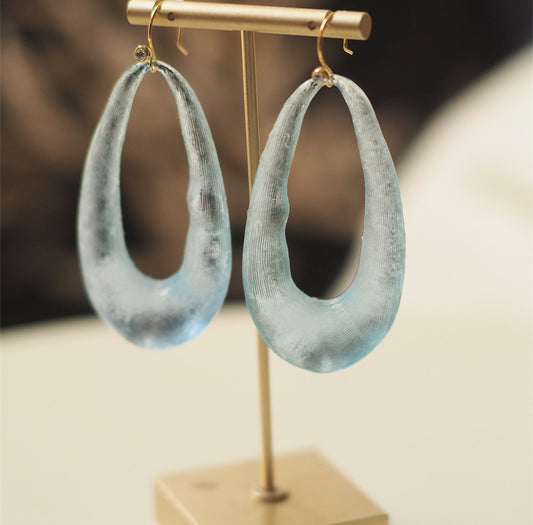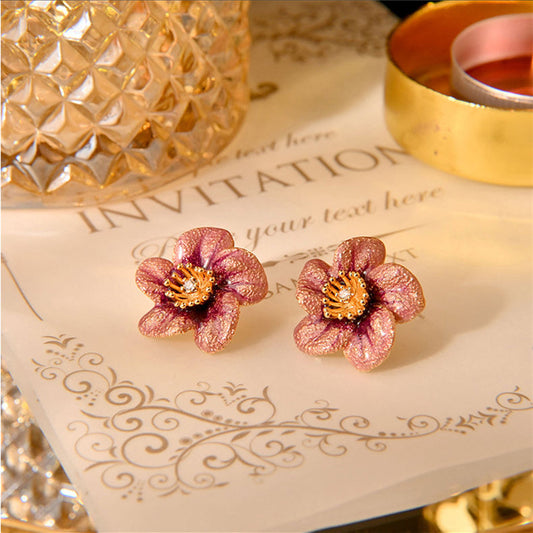
Pearls are one of the most unique and timeless treasures in the world of jewelry, but there’s a lot more to them than meets the eye. Whether you're considering your first pearl purchase or are simply curious about these natural gems, here are some intriguing facts to know before diving into the world of pearls.
-
Pearls Don’t Like Water
Unlike other gems, pearls are porous. When water seeps into their microscopic pores, it can cause fermentation, leading to the separation of the pearl layers. This is why proper care is essential to keep your pearls in pristine condition. -
The Only Gemstone From a Living Organism
Pearls stand apart from other gemstones, which form in the Earth’s crust. As the only gem created by living organisms, pearls have a natural, organic beauty that makes them truly unique. -
Natural Pearls Are Among the Rarest Gems in the World
Finding a natural pearl in the wild is extraordinarily rare—only one in 10,000 wild oysters might produce a pearl. Overfishing and environmental changes have drastically reduced the number of wild oysters, making natural pearls one of the most precious and rare jewels today. -
99% of Pearls on the Market Are Cultured
Thanks to Kokichi Mikimoto, the pioneer of cultured pearls, nearly all the pearls available today are farmed. While not all mollusks produce pearls, and even fewer yield high-quality ones, cultured pearls have made these gems more accessible to the world. -
La Peregrina: The World’s Most Famous Pearl
La Peregrina, meaning “The Incomparable” in Spanish, is a pear-shaped pearl about the size of a small egg. This legendary pearl has a history spanning over 550 years, passing through royal families, including Mary I of England and Napoleon III. Later, it was gifted to actress Elizabeth Taylor, who had Cartier redesign the necklace with rubies, diamonds, and other pearls. In 2011, this iconic piece sold for $11 million at a Christie’s auction. -
The Most Expensive Pearl Is Worth $100 Million
The world’s most valuable pearl was discovered by a Filipino fisherman, who kept it hidden under his bed for ten years as a good-luck charm. This giant pearl, found inside a clam, weighs nearly 75 pounds and measures 26 inches long. It was revealed in 2016 after a house fire and is estimated to be worth $100 million. -
The Oldest Known Pearl Is 7,500 Years Old
In 2012, French researchers unearthed the world’s oldest pearl in a burial site in the United Arab Emirates. Named Umm al-Quwain, this ancient pearl was carbon-dated to be over 7,500 years old, predating the previous record holder by 2,500 years. -
It Takes at Least Six Months to Form a Pearl
The process of pearl formation is slow and delicate, taking at least six months—and sometimes up to 24 months. It begins when a tiny nucleus is carefully inserted into a mollusk. In China, freshwater pearls grow about 5mm per year, while Japan’s Akoya pearls grow at a slower rate of 0.3mm annually. -
Pearls Have a Lifespan
Just like people, pearls age. Over time, they can lose their luster and begin to yellow, a sign of oxidation caused by long-term exposure to air. While this process is gradual, high-quality pearls can last for several centuries if properly cared for.
Pearls are much more than just beautiful jewelry—they’re a testament to nature’s artistry and history. Understanding these facts can help you appreciate their uniqueness and make informed decisions when buying or caring for pearls. Whether you’re drawn to their rarity, history, or organic charm, pearls are truly gems worth cherishing.







